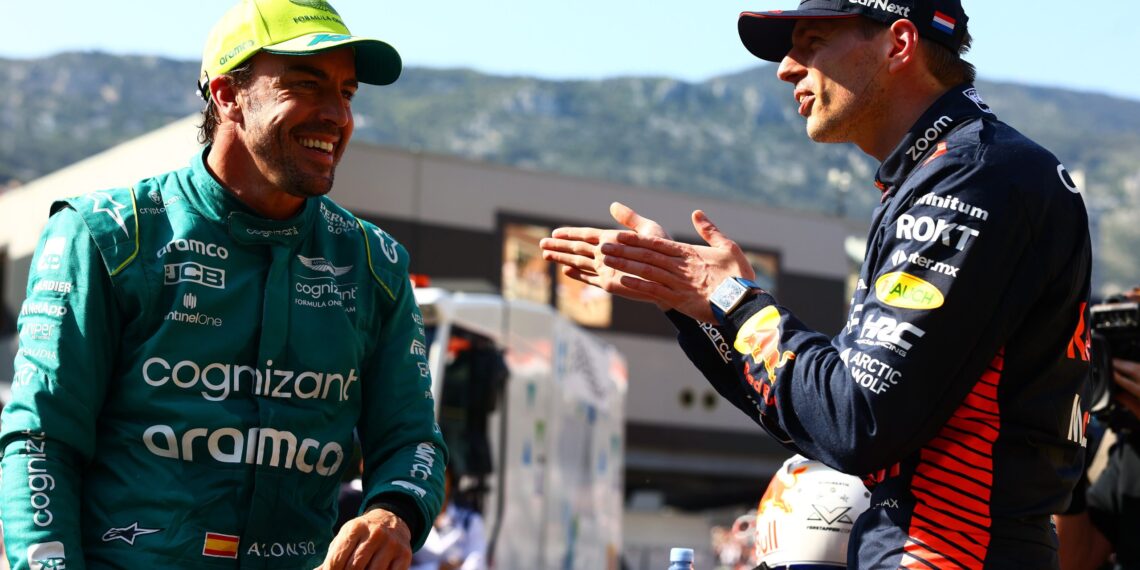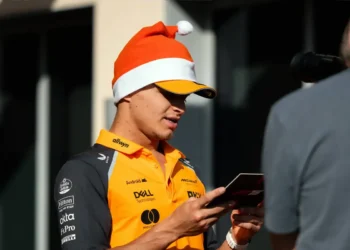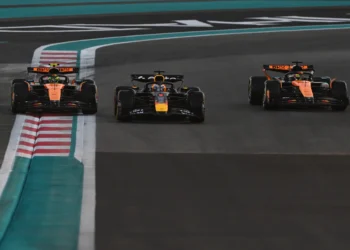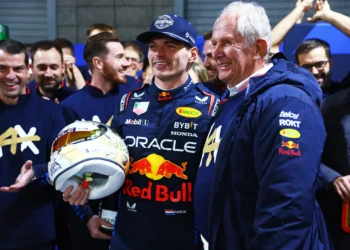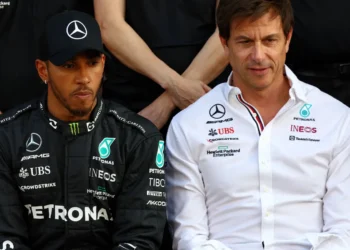The Ground-Effect Era Ends: Alonso and Verstappen Celebrate the Shift in Formula 1!
As the Formula 1 world gears up for a monumental transformation in 2026, two titans of the sport—Fernando Alonso and Max Verstappen—have voiced their unfiltered opinions on the much-anticipated end of the ground-effect era. The upcoming regulations promise a radical overhaul, introducing lighter, smaller cars that will strike a new balance between electric and combustion power, effectively bidding farewell to the controversial ground-effect vehicles that have dominated the track since 2022.
Alonso, a double world champion and veteran of the sport, expressed his eagerness to leave behind the current cars, stating emphatically, “I will not miss this generation of cars.” The Aston Martin driver candidly acknowledged that while the initial promise of improved racing through increased downforce and better overtaking potential was enticing, the reality has been far from satisfactory. “The expectations of this regulation were not really a success… maybe the first year a little bit, but not after that,” he remarked ahead of the Las Vegas Grand Prix.
The problems are glaring. The so-called “dirty air” effect has made overtaking increasingly difficult, a sentiment echoed by Verstappen, who has ruled the tracks with unparalleled dominance. “I won’t miss these cars,” he admitted, reflecting on the challenges posed by the current generation. The compact nature of the grid means that qualifying times are incredibly close—less than a second often separates the top 15 drivers—making it nearly impossible to close in for a successful overtake.
Drivers have also faced physical challenges, with Verstappen revealing that the ground-effect cars weigh approximately 50kg more than those from 2021. “It hasn’t been comfortable at all… My whole back is falling apart,” he lamented, emphasizing the toll these cars have taken on his body. The consensus among drivers is clear: while they appreciate the speed and performance of the current machines, the discomfort and difficulties in racing have overshadowed the thrill.
Interestingly, the 2026 regulations are not without their critics. Charles Leclerc has hinted at reservations about the upcoming power units, suggesting a potential return to V8 engines, while George Russell is cautiously optimistic, noting that the sport is “going in the right direction” with plans for lighter and smaller cars. He acknowledged, “You always remember the good stuff from something in the past. We’ll probably forget about the negatives,” capturing the bittersweet sentiment that many fans and drivers will surely feel as we transition to a new era.
As the clock ticks down to 2026, Alonso and Verstappen represent a broader wave of anticipation and skepticism within the F1 community. Will the new regulations truly enhance the racing experience, or are we destined to repeat the past? One thing is certain: the end of the ground-effect era is not just a shift in machinery; it’s a pivotal moment that could redefine the future of Formula 1. Buckle up—this is going to be a thrilling ride!

